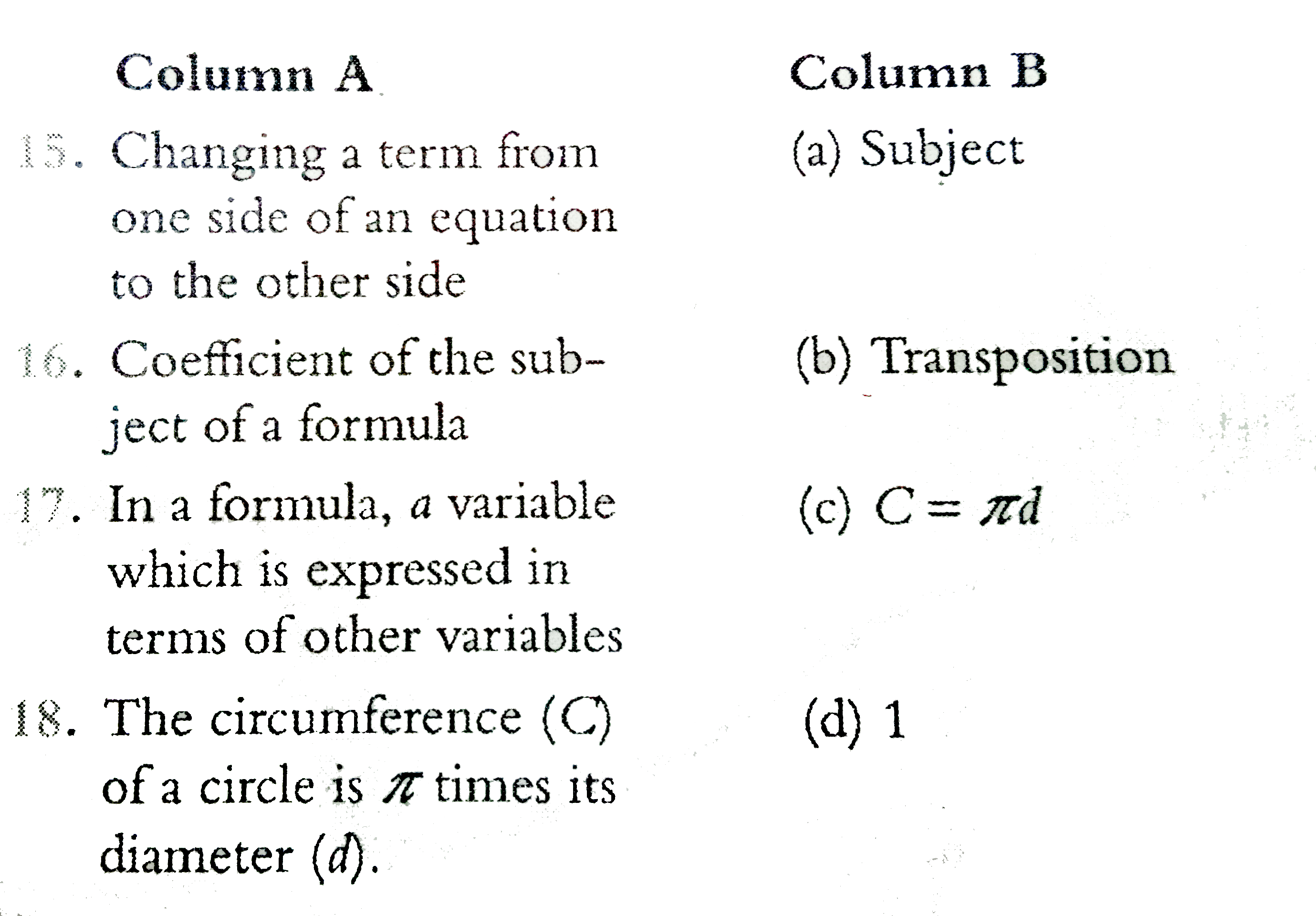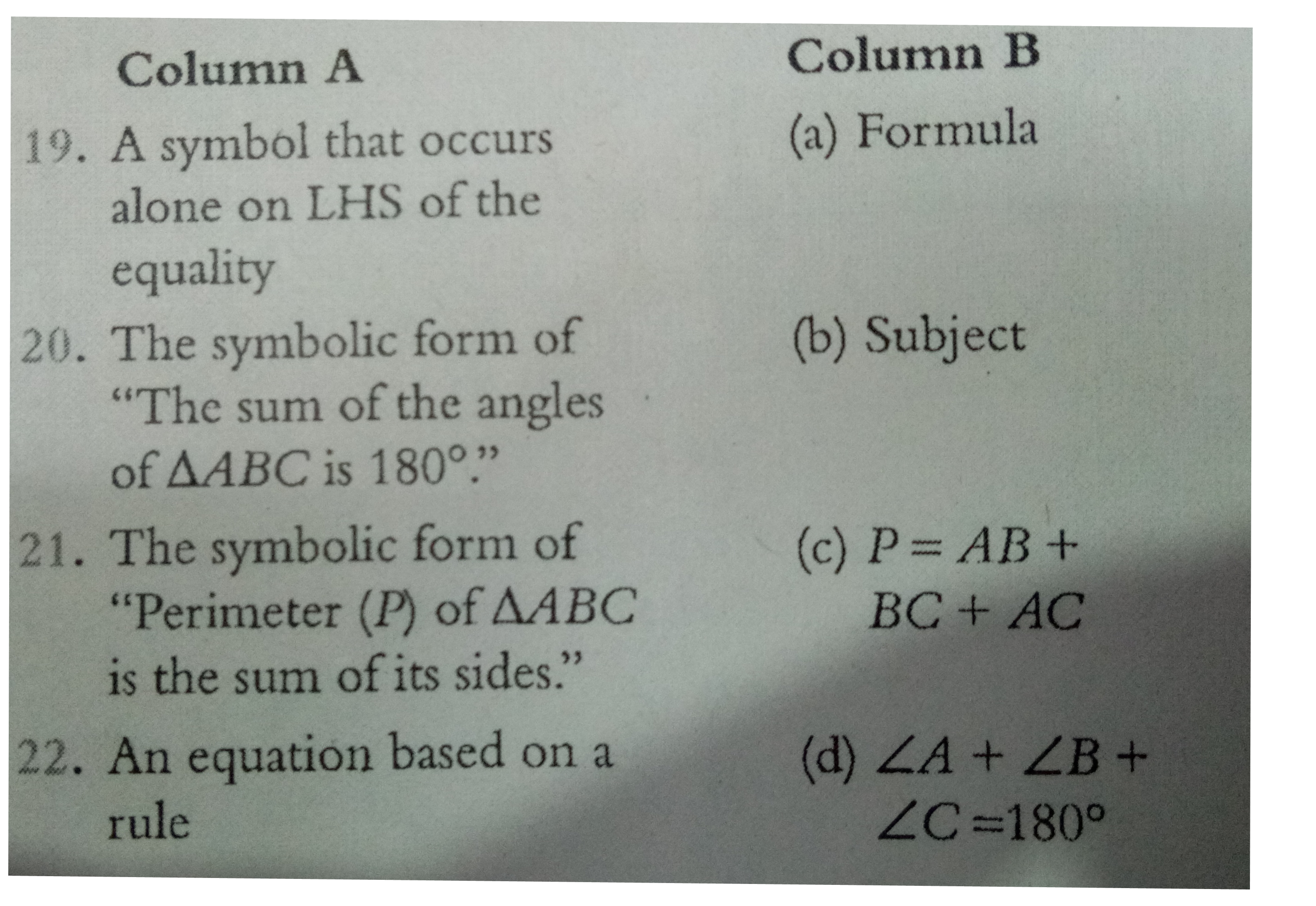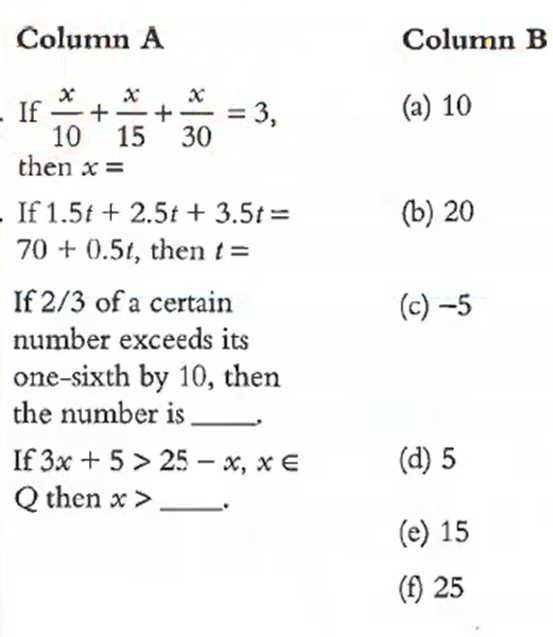OA and OB are two roads enclosing an angle of 120∘.X and y start from 'O' at the same time. X travels along OA with a speed of 4kmhour and Y travels along OB with a speed of 3kmhour.The rate at which the shortest distance between X and Y is increasing after 1 hour is
 Solution in Kannada
Solution in Kannada
√37kmh
37kmh
13kmh
√13kmh
The correct Answer is:A
Step by step video, text & image solution for OA and OB are two roads enclosing an angle of 120^(@).X and y start from 'O' at the same time. X travels along OA with a speed of (4km)/(hour) and Y travels along OB with a speed of (3km)/(hour).The rate at which the shortest distance between X and Y is increasing after 1 hour is by Maths experts to help you in doubts & scoring excellent marks in Class 12 exams.
Updated on:21/07/2023Topper's Solved these Questions
Similar Questions
If p→(q∨r) is false, then the truth values of p,q,r are respectively
View SolutionOn the set Z , of all integers ∗ is defined by a∗b=a+b−5. If 2∗(x∗3)=5 then x=
View SolutionDetermine the point of symmetry of a regular hexagon.
View SolutionMatch the following Column A to Column B

View SolutionMatch the following Column A to Column B

View SolutionThe sum of four angles of a quadrillateral is 360∘ from the following figure, express the relation between x and y by making x as the subject.
ltimg src="https://d10lpgp6xz60nq.cloudfront.net/physics_images/PS_MATH_VII_C08_E05_016_Q01.png" width="80%"gt
View SolutionMatch the following Column A to Column B

View SolutionThe inequation represented by the graph given below is :
View SolutionThe inequation that best describes the graph given below is _________
View SolutionThe inequation that best describes the following graph is _________
View SolutionIn Fig, find the value of x.
ltimg src="https://d10lpgp6xz60nq.cloudfront.net/physics_images/PS_MATH_IX_C12_S01_032_Q01.png" width="80%"gt
View SolutionAt x=0, value of (dy)/(dx) is : ltimg src="https://d10lpgp6xz60nq.cloudfront.net/physics_images/ALN_PHY_R04_E01_024_Q01.png" width="80%"gt
View SolutionWhat is the distance OA for the square shown in figure :- ltimg src="https://d10lpgp6xz60nq.cloudfront.net/physics_images/ALN_PHY_R05_E01_015_Q01.png" width="80%"gt
View SolutionIf y-x=180^(@) then find the values of x and y. ltimg src="https://d10lpgp6xz60nq.cloudfront.net/physics_images/ALN_PHY_R05_E01_034_Q01.png" width="80%"gt
View SolutionThe resultant of the three vectors ¯¯¯¯¯¯OA,¯¯¯¯¯¯OB and ¯¯¯¯¯¯OC shown in figure :-
ltimg src="https://d10lpgp6xz60nq.cloudfront.net/physics_images/ALN_PHY_R01_E02_023_Q01.png" width="80%"gt
View Solution
